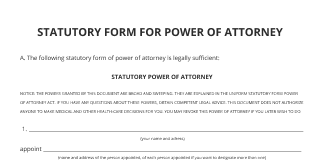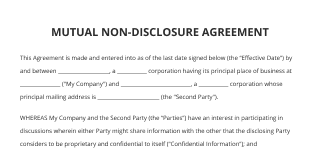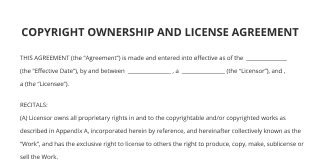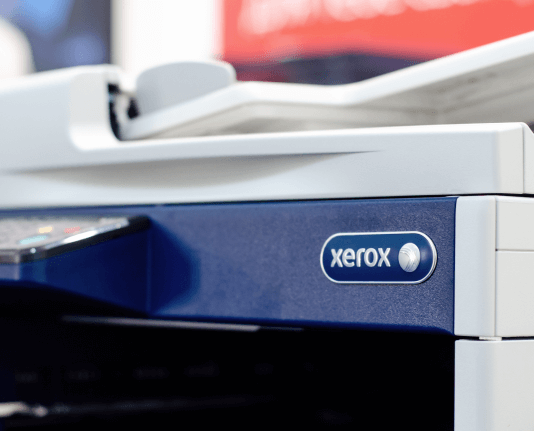Understanding the Billing and Invoice Difference for Your Business
Move your business forward with the airSlate SignNow eSignature solution
Add your legally binding signature
Integrate via API
Send conditional documents
Share documents via an invite link
Save time with reusable templates
Improve team collaboration
See airSlate SignNow eSignatures in action
Understanding the Billing and Invoice Difference
Billing and invoices are essential components of financial transactions, but they serve different purposes. A billing statement is a summary of amounts owed by a customer for products or services rendered, typically issued at regular intervals. In contrast, an invoice is a detailed document that specifies the goods or services provided, their costs, and payment terms. Understanding these differences can help businesses manage their finances more effectively.
Key Features of Billing Statements
Billing statements provide an overview of a customer's account activity over a specific period. They include:
- A summary of charges and payments made during the billing cycle.
- The total amount due, including any applicable taxes or fees.
- Due dates for payment and any late fees that may apply.
Businesses often use billing statements to remind customers of outstanding balances and encourage timely payments.
Essential Elements of Invoices
Invoices are more detailed than billing statements and include specific information such as:
- The name and contact information of the seller and buyer.
- A unique invoice number for tracking purposes.
- A description of the goods or services provided, along with their individual prices.
- Payment terms, including the due date and acceptable payment methods.
Invoices serve as a formal request for payment and are crucial for accounting and tax purposes.
When to Use Billing Statements vs. Invoices
Choosing between a billing statement and an invoice depends on the nature of the transaction:
- Use billing statements for ongoing relationships where regular payments are expected, such as subscriptions or utilities.
- Use invoices for one-time transactions or when detailed documentation of the sale is necessary.
Understanding when to use each can streamline financial processes and improve cash flow management.
Impact on Financial Management
Both billing statements and invoices play critical roles in financial management. Billing statements help track customer payments and outstanding balances, while invoices provide a record of sales and can assist with tax reporting. By utilizing both effectively, businesses can maintain better control over their finances and enhance customer relationships.
Digital Solutions for Billing and Invoicing
Utilizing digital document solutions like airSlate SignNow can simplify the process of creating and managing billing statements and invoices. With features such as:
- Easy document creation and customization for invoices and billing statements.
- Secure eSigning capabilities to expedite the approval process.
- Efficient document sharing and storage for easy access and management.
Businesses can enhance their financial workflows and ensure timely payments, contributing to overall operational efficiency.
airSlate SignNow solutions for better efficiency
Our user reviews speak for themselves






Why choose airSlate SignNow
-
Free 7-day trial. Choose the plan you need and try it risk-free.
-
Honest pricing for full-featured plans. airSlate SignNow offers subscription plans with no overages or hidden fees at renewal.
-
Enterprise-grade security. airSlate SignNow helps you comply with global security standards.

Comprehending the distinction between billing and invoicing
In the realm of business finance management, grasping the difference between billing and invoicing is vital. Billing denotes the act of soliciting payment for products or services, whereas an invoice is a comprehensive document that details the transaction. Leveraging tools such as airSlate SignNow can optimize these tasks, facilitating better document management for businesses.
Steps to investigate the billing and invoicing distinction with airSlate SignNow
- Launch your web browser and go to the airSlate SignNow website.
- Sign up for a free trial account or log in if you already possess one.
- Choose the document you want to sign or circulate for signatures and upload it.
- If you intend to reuse this document, save it as a template for later use.
- Access your uploaded document and make necessary modifications, such as adding fillable fields or incorporating specific information.
- Sign the document and assign signature areas for the intended recipients.
- Click 'Continue' to set up and dispatch an eSignature invitation.
airSlate SignNow provides a variety of benefits for businesses, including a substantial return on investment owing to its comprehensive features in relation to cost. It is designed to be intuitive and adaptable, making it suitable for small to medium-sized enterprises. Furthermore, the clear pricing structure guarantees no hidden charges, and all paid plans include outstanding 24/7 customer support.
In summary, comprehending the distinction between billing and invoicing is fundamental for proficient financial management. With airSlate SignNow, you can streamline your document workflows and improve your business efficiency. Begin your free trial today to witness the advantages firsthand!
How it works
airSlate SignNow features that users love
Get legally-binding signatures now!
FAQs
-
Are invoice and bill no same?
Invoices are assigned a unique invoice number for accounting and tax purposes. Bills aren't numbered. Even if they are numbered, it doesn't have signNow legal importance as it is used only for the businesses' administrative purposes. -
Are billing documents and invoice the same?
Invoices are assigned a unique invoice number for accounting and tax purposes. Bills aren't numbered. Even if they are numbered, it doesn't have signNow legal importance as it is used only for the businesses' administrative purposes. -
What is the difference between invoicing and billing?
Bill: Primarily acts as a payment request, providing a basic transaction record. Invoice: Offers a comprehensive transaction record crucial for legal documentation, financial record-keeping, tax compliance, and managing accounts receivable. -
Are invoicing and billing the same?
Purpose: Billing is about notifying customers of the need for payment. Invoicing, however, details the specifics of a transaction, providing a breakdown of services or products provided. Recipient: Billing is often directed towards individuals or B2C scenarios.
What active users are saying — billing and invoice difference
Related searches to Understanding the billing and invoice difference for your business
Get more for billing and invoice difference
- Experience seamless web-based document collaboration
- Transform your documents effortlessly with the Word document editing converter
- How to generate a digital signature for a PDF effectively
- Edit scanned PDF in Word for free seamlessly and effortlessly
- Modify online documents using Word with ease
- Transform to editable document with airSlate SignNow
- How to create a digital signature online with airSlate SignNow
- How to create a custom electronic signature with airSlate SignNow
Find out other billing and invoice difference
- Understanding eSignature Legality for the Technology ...
- Unlocking eSignature Legality for Technology Industry ...
- ESignature Legality for Technology Industry in Canada: ...
- ESignature Legality for Technology Industry in UAE: ...
- Unlock the Power of eSignature Legality for Technology ...
- Unlock the Power of eSignature Legality for Animal ...
- ESignature Legality for Animal Science in United States
- Unlocking eSignature Legality for Animal Science in ...
- Unlocking eSignature Legality for Animal Science in the ...
- Understanding eSignature Legality for Animal Science in ...
- Unlock the Potential of eSignature Legality for Animal ...
- Unlock the Power of eSignature Legality for Animal ...
- Unlock the Power of eSignature Legality for Animal ...
- Unlock the Power of eSignature Legality for Banking in ...
- Ensure eSignature Legality for Banking in Australia
- Unlock the Power of eSignature Legality for Banking in ...
- ESignature Legality for Banking in European Union with ...
- Unlocking eSignature Legality for Banking in India
- Unlock eSignature Legality for Banking in Canada with ...
- ESignature Legality for Banking in UAE: Simplify ...






























